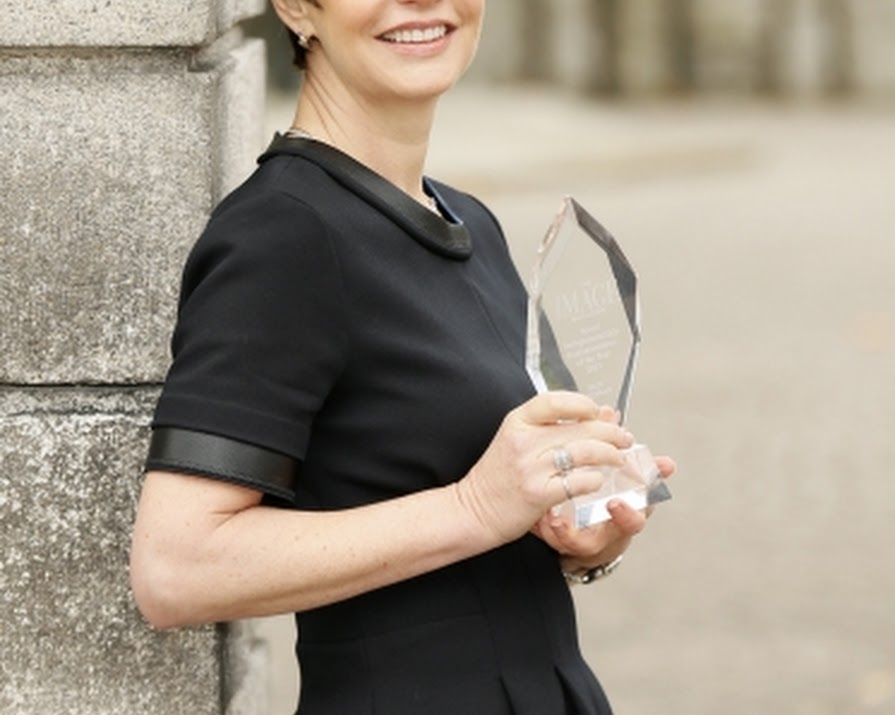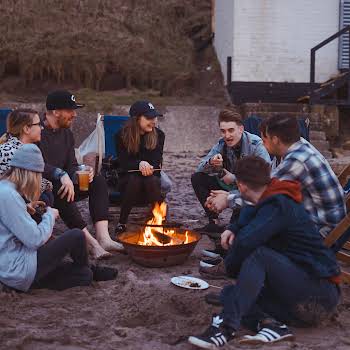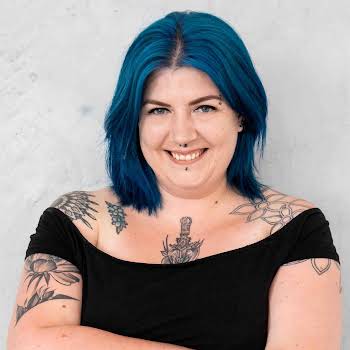By Bill O'Sullivan
12th Dec 2013
12th Dec 2013
Kate Coleman may be known as the brilliant eye surgeon behind Suite 22, but she is also the motor driving Right to Sight, a non-profit that designs a sustainable model of eye surgery in India and across Africa. Here she shares her committment and expertise on the subject that won her the award this year.
What brought you to organise Right to Sight? Where did the desire to set up this non-profit come from??In November 2006 I heard a statistic, that one in nine over the age of 50 was blind in Africa because of a cataract. Blind. That’s over 7 million Africans. ?It takes me on average 10 minutes to do a cataract operation. It suddenly occurred to me that I knew the solution. Quick research revealed that there simply were no eye surgeons in Africa, yet in Europe and America it is the number one career choice for most medical schools. Ophthalmology is exciting, innovative, deals with medical ?and surgical problems, is unspeakably gratifying because our patients get to see better, or SEE, in a very fast time. It is not uncommon for my patients to weep with joy and put their arms around me as they heal. Ophthalmology is also highly paid, we don’t work at night ( all eye problems can safely wait 12 hours), and technological advances mean we constantly learn and are stimulated. The best job in the world, yet clever young Africans didn’t want it -why?
My idea and solution was to create a career path in Africa which would entice Africans to the speciality. It takes a surgeon to train a surgeon, so the solution is emminently scalable. Once we developed a model, offering all the rewards that made me choose Ophthalmology, I knew that we could fund the scale up through global foundations.In 2006, there were fewer than one surgeon per million in Africa and where they did work, they used the old fashioned cumbersome ECCE technique, which I had learned in 1988 in Dublin. It took 90 minutes, had many complications, was stressful for both surgeon and patient, and where there was a surgeon, they did an average of 243 operations a year ( less than three a week, cf Courtwright et al). They usually had no ancillary staff, their equipment often broke down, and they were faced with blind patients and nothing to offer them…who would ever choose such a job? Most of the charities, eg SightSavers, CBM, were doing great work but it was based on the old systems and methods.
I immediately formed Right to Sight, a management consultancy, designed to develop an economically sustainable model for delivering eye surgery ( and hence ophthalmology) to Africa.
What’s the philosophy and ethos behind Right to Sight? The ethos is based on the principle that we are all equal, have identical possibilities and potential, so the solution to problems can be found at all times by asking ” what would I, an eye surgeon, a mother, etc want in that particular situation”. Empowering African eye surgeons, for Africa by Africans and their chosen needs. Financial Security. Certainty. Tools to offer excellence. Tools to focus on what I the surgeon would do best, ie support for administration and nursing staff to do all other necessary jobs. Top quality service attracts patients who can pay, then the profit from them can cross subsidise services for the poor. This sustainable center is a nidus for training and skills transfer, the end of the dearth of surgeons.
The last principal is embodied in the Aravind eye care system in India, so I formed a partnership with them in 2007 and raised 5 million euro quietly. Thereafter we rolled out over 20 management programmes in 8 African countries, exploring the different issues to the “business” of a closed eye care system. ?We have perfected the model now, in 2013. Our flagship is ACHA hospital in Douala in Cameroon, and we will become a funding foundation enabling scale up of the model through other charities.
How does it work as a non-profit? Right to Sight was formed as a limited company with a donation of 100,000 euro from myself and subsequently registered as a charity. We were different because I never took a salary as CEO/ chair but hired the different consultancies as we needed them. I was blessed with expert advisory support on our hard working board and we set up management centers in London and Chennai (India) and from there outsourced our management and programme consultants experts. Aravind in Madurai ( India) provided excellent in situ training and we sent 185 Africans there originally. We now have the same training on offer in Africa.
I didn’t want public fundraising because I wanted to encourage continued support of other eye charities, such as SightSaversa, CBM and Orbis, who had projects which would benefit from our expert consultancy/experiment at the time. We have our headquarters in my Alma mater, the generous Royal College of Surgeons in Ireland, and are now registered in USA, Norway, South Africa and UK for fundraising purposes and Kenya for salary purposes.
Have you worked in the field yourself??Yes, constantly! I started in Malawi, where a wonderful UK surgeon Nick Metcalfe was using a special surgical technique in a CBM hospital. I needed to learn it to understand choices. I have developed a close network with top African surgeons, the leaders of the future, and my international colleagues, who are poised to support the scale up.
Why is winning an award like this important for you and for your organisation??This award really moved me in a surprising way. It made me realise that wow, we did it, we developed the model, time to move to phase two. It struck me that the time is right to go public, to go global with advocacy for the human right to sight and the end of needless blindness. We have proof, results, of the solution. To withhold this miracle that technology has nurtured would be a crime against our right to be as human as we are, to have sight.
Roisin Agnew @Roxeenna























